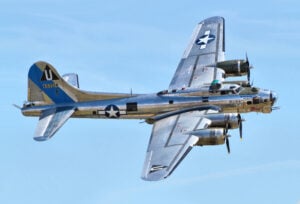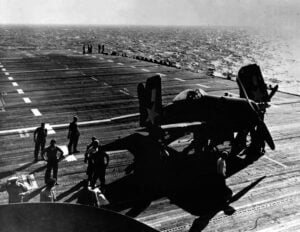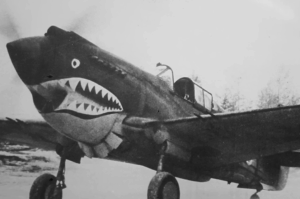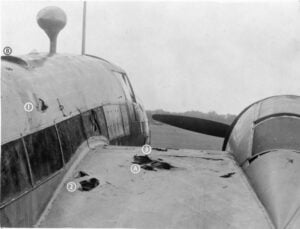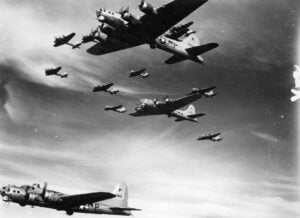The WWII Story of Lt. Clarence Dickinson: Avenging a Friend by Sinking a Submarine
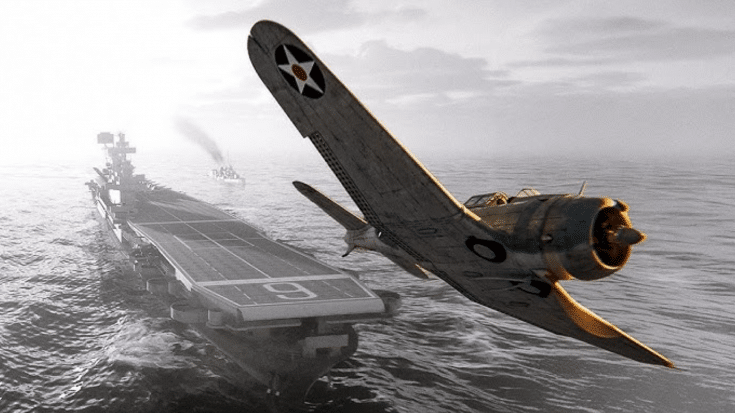
Yarnhub / YouTube
On December 7, 1941, Lieutenant Clarence Dickinson and his wingman, flying SBD Dauntless dive bombers, departed from the USS Enterprise. Their mission, given by Admiral Halsey, was to fly to Pearl Harbor. Unbeknownst to them, they were heading straight into one of the most devastating attacks in American history. As they approached the base, Dickinson noticed thick clouds of smoke rising in the distance. At first, he speculated that it might be gunnery practice, but then he spotted black puffs of anti-aircraft fire in the air—a clear sign that the base was under attack.
As the planes neared Pearl Harbor, they were intercepted by Japanese fighter planes. The SBD Dauntless was not designed for dogfighting, but Dickinson and his rear gunner, Miller, had no choice but to engage. Two Japanese Zeros launched an aggressive attack. Dickinson evaded the initial burst of gunfire, but his wingman McCarthy was hit. As McCarthy’s plane went down in flames, Dickinson and Miller continued to fight, desperately maneuvering to stay alive. Despite their efforts, the situation grew increasingly dire as more enemy planes joined the fray. Miller, running out of ammunition, managed to shoot down one Zero, but their plane was severely damaged. Dickinson ultimately had to bail out of the crippled aircraft, parachuting to safety just moments before it crashed.
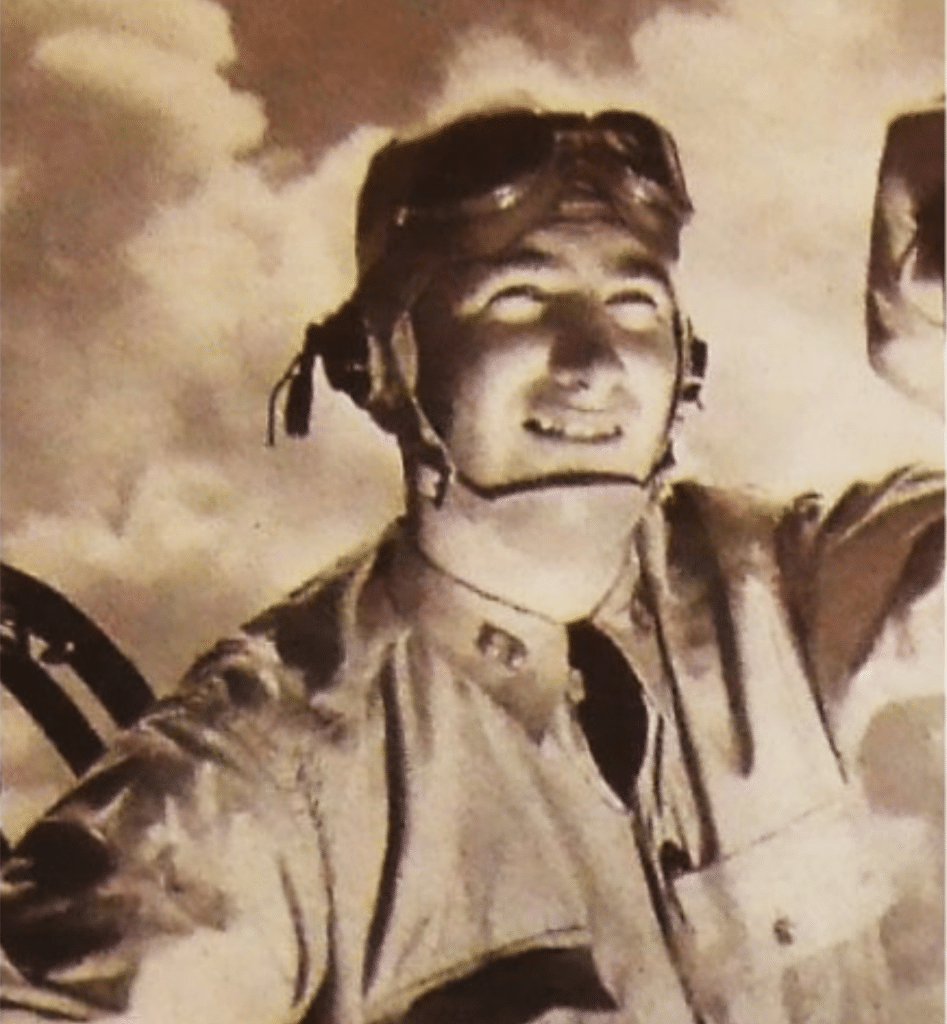
Dickinson’s Resolve
After landing on a field near Pearl Harbor, Dickinson made his way to the airbase at Ford Island. He reported for duty immediately, concealing the fact that he had just been shot down. When ordered to join a reconnaissance mission in another Dauntless, Dickinson complied without hesitation. His thoughts, however, were consumed by the loss of Miller, his rear gunner and friend, who had not survived their earlier encounter.
Back aboard the USS Enterprise, Admiral Halsey was determined to retaliate. The Enterprise quickly refueled and rearmed before heading back to sea, its crew burning with a desire for vengeance. Dickinson, now deeply motivated by the memory of his fallen comrade, took part in relentless patrols over the Pacific. Each flight was an opportunity to strike back at the enemy.
The Hunt for the Submarine
Three days after the attack on Pearl Harbor, during a patrol near Hawaii, a fellow Enterprise pilot spotted a Japanese submarine, the I-70, on the surface recharging its batteries. The sighting immediately triggered an attack. The submarine’s crew scrambled to submerge, knowing that staying on the surface made them an easy target.
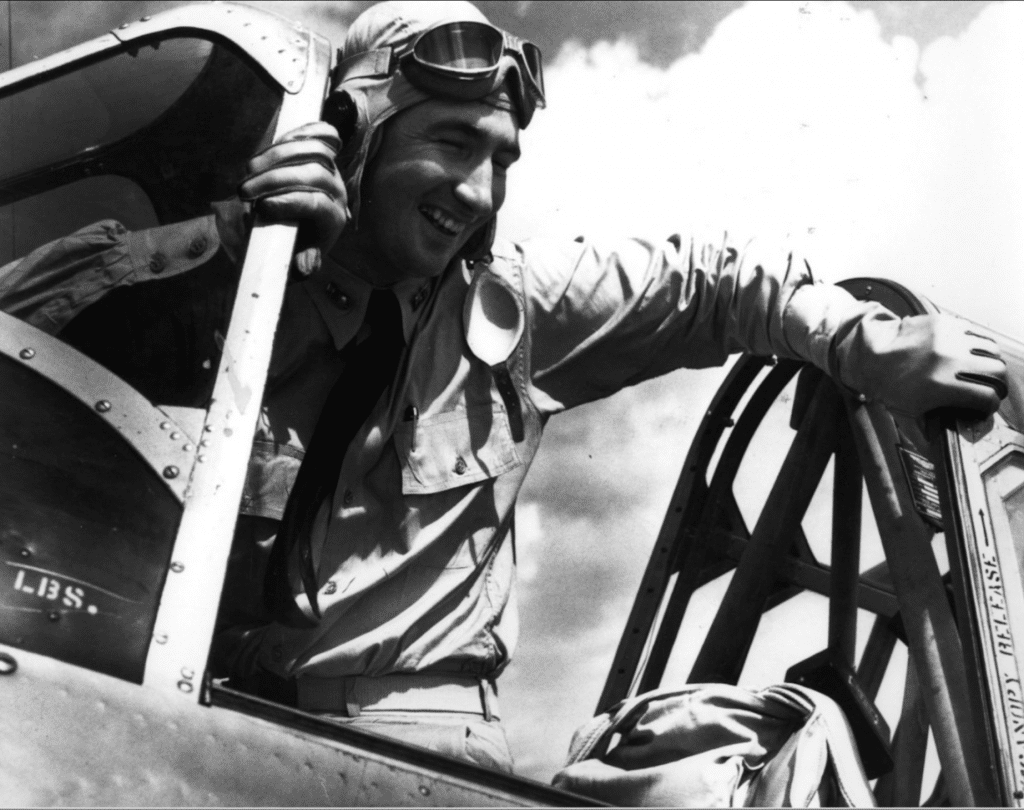
Dickinson joined the hunt, flying his Dauntless dive bomber with a 1,000-pound bomb under its fuselage. As he approached the submarine, it began slipping beneath the waves. Timing his dive perfectly, Dickinson released his bomb, sending it plummeting toward the enemy vessel. The explosion rocked the water’s surface, striking the submarine’s flank and causing significant damage. The I-70’s crew, unable to repair the damaged ballast tanks, struggled to keep the submarine from sinking further. Dickinson’s attack marked one of the first American victories in the Pacific following the Pearl Harbor attack.
Legacy of a Hero
Dickinson’s actions during and after the attack on Pearl Harbor showcased his bravery and determination. Despite overwhelming odds, he fought fiercely to protect his comrades and seek justice for those who had fallen. His successful strike on the I-70 demonstrated the resolve of American forces in the face of adversity. The events surrounding Lt. Clarence Dickinson remain a powerful reminder of the courage and resilience of the men who served during World War II.














